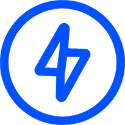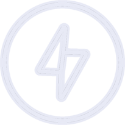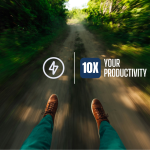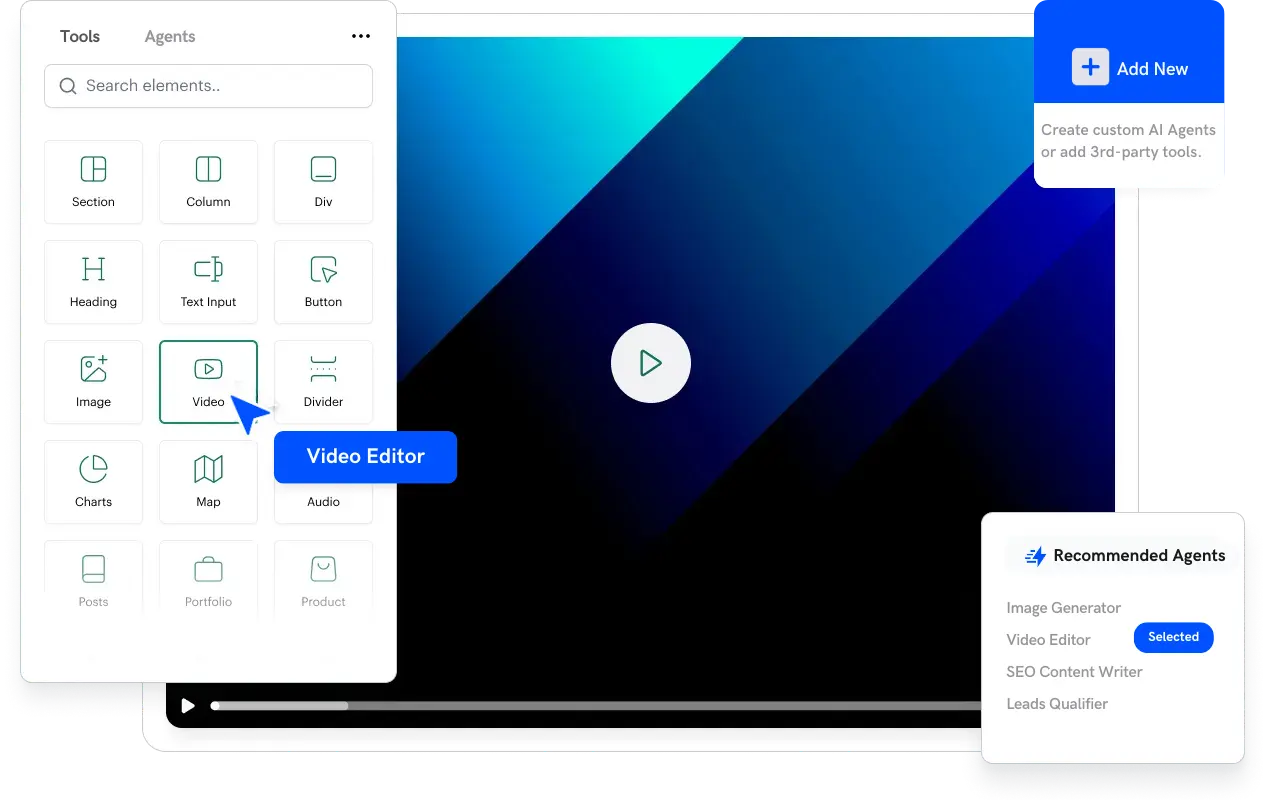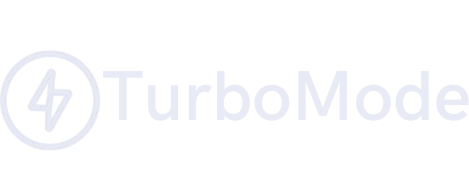Understanding the Gen Z Work Paradigm
The traditional workplace was designed for previous generations who thrived on structured routines and hierarchical workflows. However, Gen Z professionals bring a fresh perspective, shaped by digital connectivity, fast-paced learning environments, and a strong preference for flexibility. These strengths can be harnessed effectively with the right productivity strategies.
Why Productivity Looks Different for Gen Z
Unlike their predecessors, Gen Z professionals have grown up in an era of constant digital innovation, leading to unique cognitive traits:
- Fast Information Processing: Rapid comprehension and decision-making.
- Enhanced Visual Learning: Strong preference for video-based and interactive content.
- Multitasking Capabilities: Ability to juggle multiple tasks simultaneously.
- Shorter but Intense Focus Periods: Productivity in sprints rather than prolonged deep-work sessions.
Understanding these characteristics is crucial to designing productivity systems that work for Gen Z professionals.
Digital Nativity as a Superpower
While older generations adapted to technology, Gen Z was born into it, making digital ecosystems second nature. Their ability to integrate multiple platforms seamlessly provides a distinct productivity advantage.
Parallel Processing Capabilities
- Information Synthesis: Ability to manage and interpret multiple information streams.
- Cross-Platform Integration: Naturally linking tools like Slack, Notion, and Google Workspace.
- Rapid Tool Adoption: Quick learning curve for new technologies, making them adaptable in fast-paced environments.
Case Study: Maya Rodriguez, a Gen Z Product Manager
Maya, 24, manages multiple projects in a startup environment. Her productivity success hinges on:
- Simultaneously handling communications across five platforms.
- Integrating client feedback instantly across Slack, Notion, and Trello.
- Coordinating team workflows across different time zones efficiently.
Her workflow optimization demonstrates how Gen Z professionals leverage digital tools effectively.
Building a Gen Z-Optimized Workflow
For peak efficiency, Gen Z professionals must develop customized productivity strategies tailored to their work habits.
1. Time Architecture
Traditional 9-to-5 work structures may not align with Gen Z’s peak productivity hours. Instead, a flexible approach to time management works best:
Sample Gen Z Workday:
- Morning Power Hour (11 AM – 12 PM): High-energy creative tasks, strategic planning, content creation.
- Focus Blocks (2 PM – 5 PM): Deep work, project execution, and client interactions.
- Innovation Window (7 PM – 9 PM): Learning, creative experimentation, and network building.
Customizing work hours based on energy levels can enhance efficiency and job satisfaction.
2. Digital Ecosystem Design
Integrating work tools into a seamless digital workflow is essential for Gen Z productivity.
Core Platforms Integration:
| Platform Category | Primary Use | Integration Points | Automation Level |
|---|---|---|---|
| Communication | Team chat | Calendar, Tasks | High |
| Project Management | Task tracking | Communication, Docs | Medium |
| Knowledge Base | Documentation | All platforms | High |
An automated system eliminates repetitive work and streamlines information management.
3. Skill Development Framework
Continuous learning is a key component of career growth. Implementing a structured approach ensures long-term success.
Continuous Learning Matrix:
| Skill Category | Learning Method | Application | Measurement |
| Technical | Online courses | Daily work | Project outcomes |
| Soft Skills | Peer learning | Team interactions | Feedback scores |
| Industry Knowledge | Social learning | Strategy implementation | Innovation rate |
Micro-learning through online resources like Coursera, LinkedIn Learning, and MasterClass can help Gen Z professionals stay ahead.
Advanced Implementation Strategies
To stand out professionally, Gen Z must go beyond just productivity and focus on career positioning.
1. Building Personal Authority
Establishing credibility in an industry helps career advancement. Gen Z professionals can achieve this through:
- Content Creation: Sharing insights, project experiences, and industry trends.
- Networking: Engaging with mentors, peers, and industry leaders on LinkedIn and Twitter.
- Professional Branding: Showcasing expertise through blogs, GitHub repositories, and online portfolios.
2. Real-World Success Story: Tech Startup Innovation Team
Maya Rodriguez transformed her junior product management role by implementing Gen Z-optimized productivity strategies:
Before Implementation:
- Struggled with traditional 9-5 structure.
- Overwhelmed by multiple communication channels.
- Difficulty managing social media engagement alongside core tasks.
- Imposter syndrome impacting confidence.
After Implementation:
- Flexible work hours aligned with peak productivity (11 AM – 7 PM).
- 200% increase in feature shipping velocity.
- Managing three product lines efficiently.
- Leading a cross-functional team of eight professionals.
Her success highlights how a strategic approach to productivity can lead to rapid career growth.
Gen Z Productivity Framework
To further streamline productivity, Gen Z professionals should optimize their digital-first workflow.
Digital-First Workflow Optimization:
| Platform | Purpose | Time Allocation | Integration Method | Automation Level |
| Slack | Team communication | 30% | Calendar, Notion | High |
| Notion | Knowledge management | 20% | Slack, Trello | Medium |
| Figma | Design collaboration | 25% | Trello, Email | Low |
Automating routine processes helps reduce cognitive overload.
3. Micro-Learning Integration Schedule
Balancing work and learning ensures continuous career growth.
Sample Learning Schedule:
| Time Block | Learning Type | Platform | Duration | Priority |
| Morning | Industry news | Newsletter | 15 mins | High |
| Lunch Break | Skill development | Online course | 30 mins | Medium |
| Evening | Peer learning | Discord | 20 mins | Low |
Regular micro-learning prevents stagnation and keeps skills sharp.
Practical Exercise: Work-Life Integration Planner
A structured planner can help balance work, learning, and personal well-being.
Daily Balance Scorecard:
| Area | Target Hours | Actual Hours | Energy Level | Satisfaction |
| Core work | 6 | 5.5 | High | 8/10 |
| Learning | 2 | 1.5 | Medium | 7/10 |
| Networking | 1 | 1 | High | 9/10 |
| Personal time | 3 | 3 | High | 9/10 |
Conclusion: The Future of Gen Z Productivity
For Gen Z professionals, success in 2025 depends on leveraging digital skills, optimizing workflows, and continuously evolving. By integrating structured productivity strategies, automating routine tasks, and focusing on skill development, Gen Z can position themselves for career success.
If you want to enhance your productivity, start by integrating these strategies into your daily routine. The future of work belongs to those who master efficiency in the digital age.
Get Started
Turbomode AI combines all these features into one robust platform designed for seamless integration and ease of use. With tools like smart task delegation, real-time analytics, and unified communication, Turbomode AI empowers your team to achieve their productivity goals effortlessly.
